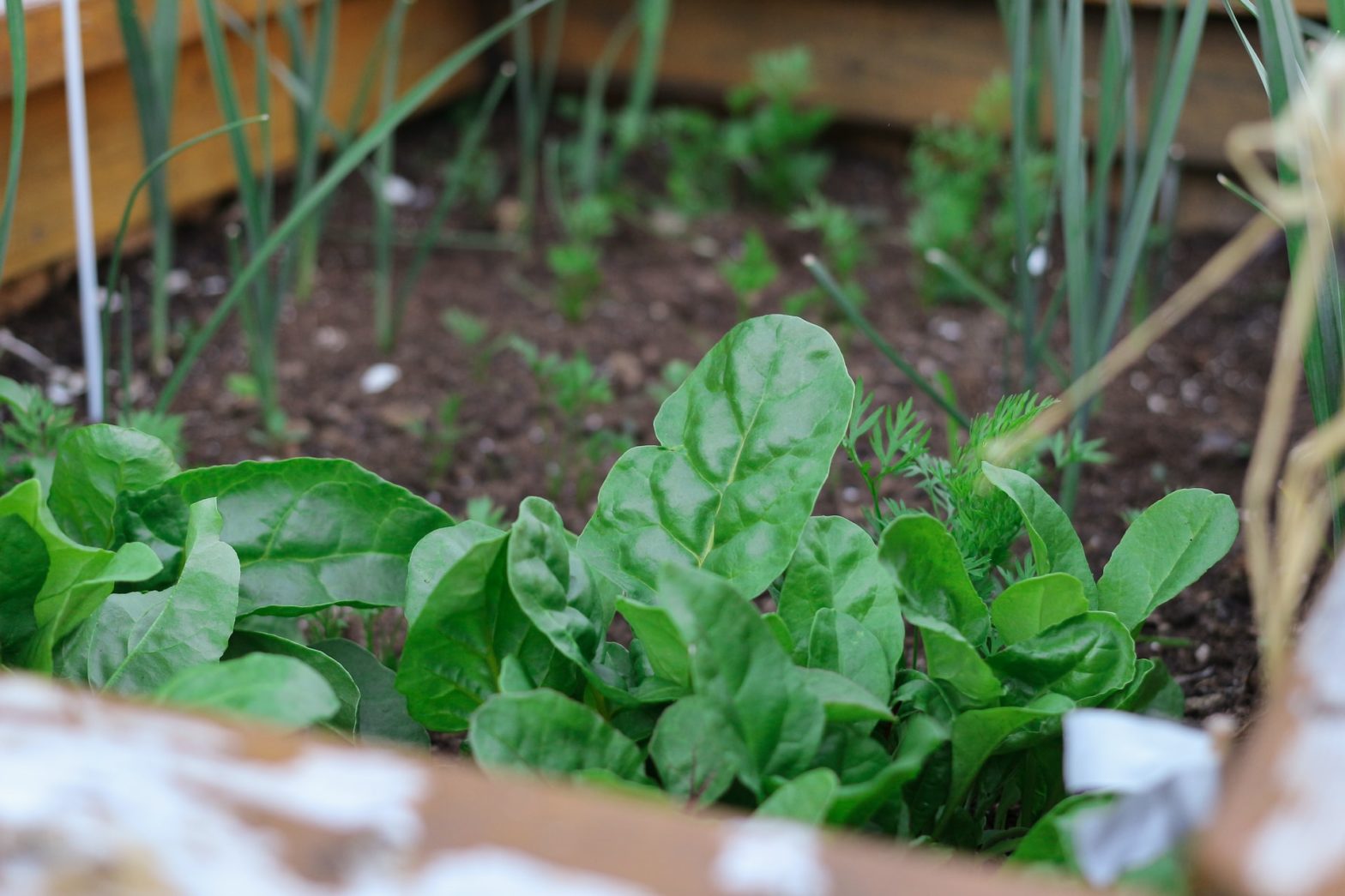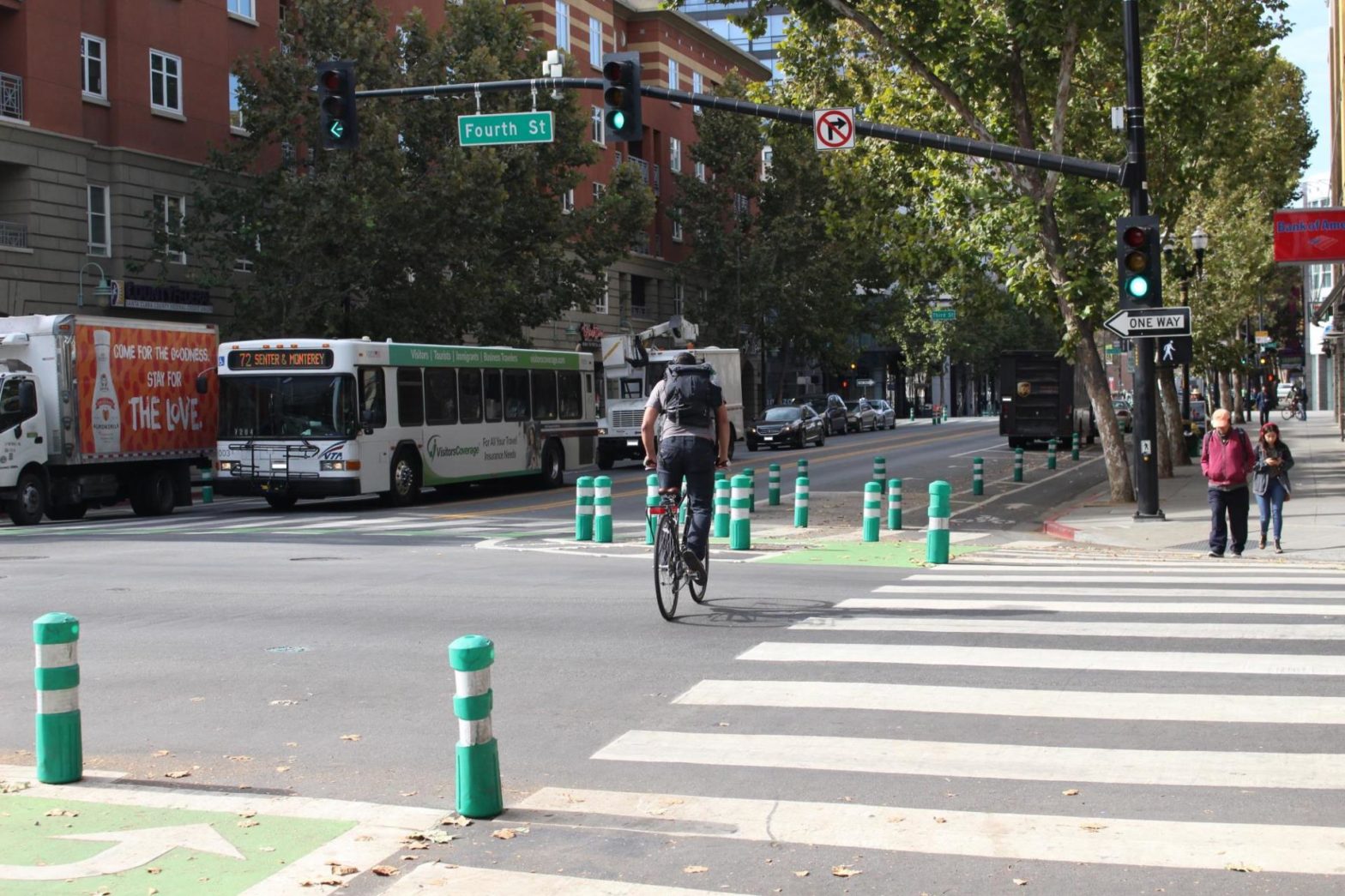
Photo: Sigmund on Unsplash
Cultivating urban farmers – Madagascar’s capital has an app for that
18 October 2021
by Greg Scruggs, Guangzhou Institute for Urban Innovation
When seventh and eighth form students arrive at the École Primaire Publique Ambohidroa #1, a primary school located in a peri-urban district of Madagascar’s capital Antananarivo, no longer do they spend their entire day inside the classroom. Instead, part of it is spent working on the school garden, where they grow petsay, bok choy, lettuce, courgettes, soy, and celery. In addition to learning agricultural skills, the students use the garden as a classroom for science and mathematics instruction.
“The students like the garden very much,” said headteacher Hendrisoa Danielle. “They practise all the time.”
The school canteen cooks up the harvest, making dishes like vary amin’ny anana, or rice porridge with leafy greens, for the 443 students including some who have intellectual handicaps. “Before the garden, the students were malnourished,” she said. “Now they eat well – and a lot.”
The school’s garden was built in early January 2021 at the behest of the Antananarivo city government as part of its decade-old urban agriculture policy. Since 2015, the city has provided gardens at 30 of the city’s 94 schools, benefitting 15,000 pupils.
“We have a vision of a green city,” said Yvon Kamena, the city’s director of economic development. “We want to plant more trees and encourage urban agriculture.”
Nature meets civic tech
The metropolitan area, with a population of 3 million, includes some rural districts where traditional agriculture already takes place, with farmers growing rice and watercress for the city’s markets. The city hopes to collect the upwards of 15 tons daily in organic waste for compost. Now Antananarivo wants to see more urban residents take up small household garden plots or even grow edible plants in plastic jerry cans in so-called “low space and no space” settings.
To help them along, Antananarivo is developing a mobile application called Mamboly Aho (“I Farm”) that will provide instruction, tips, and information about local plant nurseries for middle-class urban dwellers who would like more green space.
“The majority of houses have room to grow something and inexpensive raw materials are available,” said Kamena. When the app is launched, it will be able to accommodate up to 150,000 users and offer a platform for users to share their garden space or their harvest with neighbours.
“The Mamboly Aho app will definitely introduce a super tool not only for people to learn but especially to encourage trade between producers and consumers,” said Carmen Zuleta Ferrari, lead consultant on urban sustainable food systems and governance for the Food and Agriculture Organization. “I wouldn’t call it the missing link for Antananarivo, but it is for sure a good idea for exchange and has a strong potential to encourage responsible consumption, advocacy on nutrition, and food security. It might be the missing channel for communication actually allowing the link between food production and better consumption.”
City officials believe there is an appetite for more civic technology. “The use of new technology in Madagascar is growing,” said Kamena. “We chose this one because it will be implemented quickly.”
Zuleta Ferrari concurs. “African cities are a very interesting arena for testing these kinds of apps,” she said. “IT innovation in Madagascar is outrageous – it’s incredible the daily trade which is done by Facebook Messenger, Instagram, mobile banking, and distance learning through WhatsApp.”
Policy
Antananarivo has been inspired to promote urban agriculture through its participation in the Milan Urban Food Policy Pact, where it monitors 44 indicators. For a city with a high poverty rate in one of the world’s poorest countries and vulnerable to several natural disasters and climate change, this commitment to urban food policy is impressive.
“In this context, any policymaking process is punching above one’s weight,” said Zuleta Ferrari. Going forward, she said: “The success measure would be if the city manages to consolidate the food policy within the municipality’s walls together with a multi-stakeholder board of partners under the same strategic guidance. If so, then the process will be sustainable for the future.”
Antananarivo is one of 15 finalists in the Guangzhou Awards. The winners will be announced later this year. The biennial Guangzhou Award was launched in 2012 and is run in partnership with the City of Guangzhou, China; United Cities and Local Governments (UCLG); and the World Association of the Major Metropolises (Metropolis). It recognises innovation in social, economic and environmental issues and aims to share best practices between cities globally.











